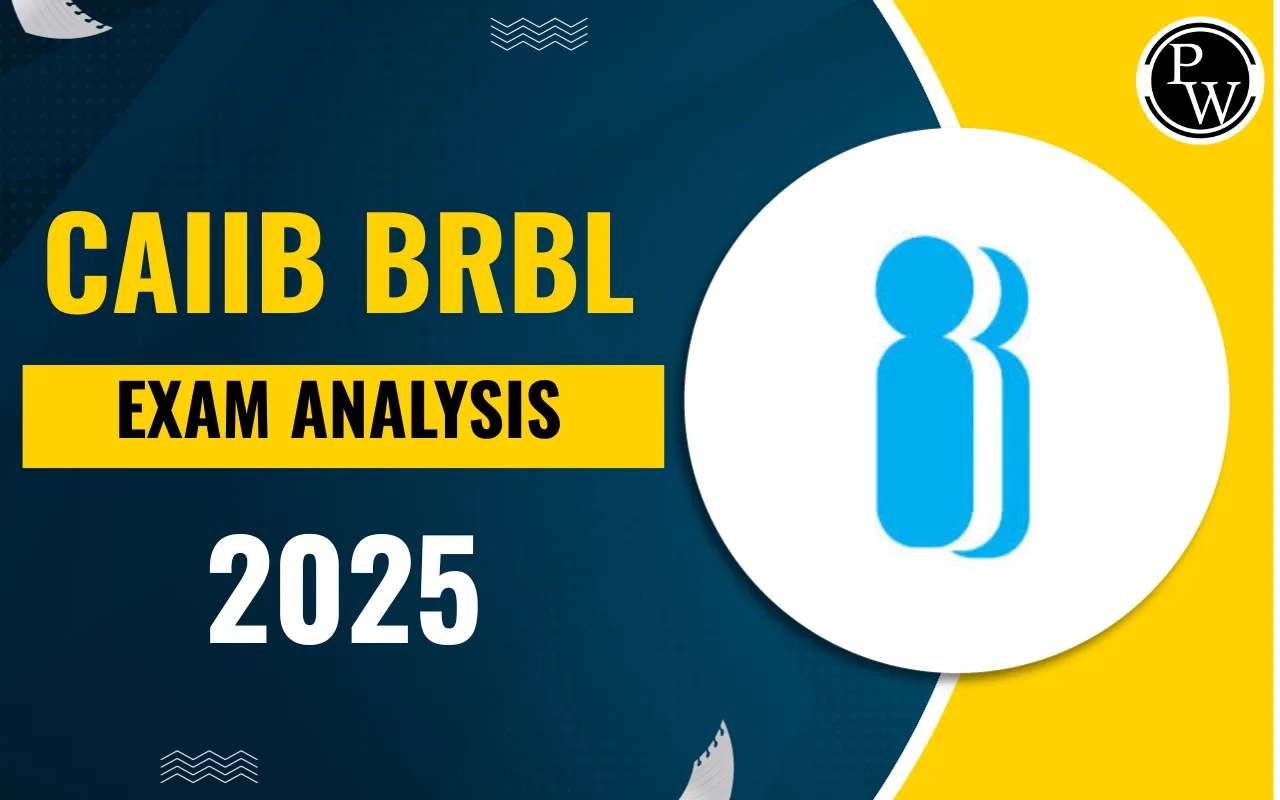
Functions of Banks: The Functions of Banks mainly include accepting deposits and giving loans and advances to bank customers. All banks around the world generally serve their customers by taking their money as deposits and lending them money as loans. Apart from this, the bank has other functions that the bank performs like its service and organizational structure. In our blog, you can get the details of the Functions of Banks in India.
Functions of Banks
Knowing the various functions of banks in India is very important not only for the exam but also for practical reasons. Since many government and banking exams include questions about banks' types, roles, and structure, candidates are expected to know about each of them and how banks perform different functions. To understand in detail how banks in India work, we must first learn the basics of banking. The primary functions of banks are divided into two types these are primary and secondary. The main functions of banks in India include:- Accepting deposits
- Lending loans and advances
- Transfer of funds
- Issue of notes/ drafts
- Credit deposits
- Foreign exchange services
Primary Functions of Banks
Accepting deposits and issuing loans and advances are the two main functions of banks, which are described below:1. Accepting Deposits
Banks accept deposits from their customers who can withdraw their money at will. Customers can deposit and deposit money in any bank account - savings account, current account, or fixed deposit. A savings bank also pays its customers interest on deposits. Such banks are very popular among small savers. A working account is a current account that can be used several times during the working day. Instead, a fixed deposit account is responsible for keeping deposits for a fixed term, and a higher interest rate is paid for such accounts.2. Issuance of Loans and Advances
The bank lends money to those in need at a fixed interest rate. Banks give loans mainly to farmers, industrialists, and businessmen who intend to invest in their businesses for profit and promote the economic development of the country.3. Issue of Notes/Drafts
The bank is also responsible for issuing bills of exchange and creating other convenient means of exchange in the form of bills or checks. In India, RBI is responsible for issuing currency notes and coins. Banks create and facilitate the transfer of credit instruments such as bills, bank drafts, letters of credit, cheques, etc. These tools are very useful to save the use of metallic money and make money transfer cheap and convenient.4. Credit Deposits
A bank can create deposits by offering loans to its customers. In such cases, the deposit is returned to the borrower and can be withdrawn if necessary. Customers usually deposit money borrowed from a bank in the same bank, either when the bank requires it or to take advantage of a checking account. Such deposits are also called Credit Deposits.Indian Banking Structure
The Indian banking structure is generally classified into scheduled banks and non-scheduled banks. Scheduled banks are further divided into cooperative banks and commercial banks. Commercial banks include public sector banks, regional rural banks (RRBs), and foreign banks. The table below provides more information about different types of banks in India.| Types of Banks | Aspects |
| Scheduled Banks |
|
| Non-Scheduled Banks |
|
| Commercial Banks |
|
| Public Sector Banks |
|
| Private Sector Banks |
|
| Foreign Banks |
|
| Regional Rural Banks (RRBs) |
|
| Cooperative Banks |
|
What is e-banking?
Electronic banking or e-banking uses electronic means to allow customers to access their money. This eliminates the need for the customer to visit the bank to make a transaction. With the growth of the Internet, it has become even easier for customers to use Internet banking services. Internet banking has become convenient for both bankers and customers. Banks have to bear lower transaction costs as well as a significantly lower margin for human error. Fixed costs are also significantly reduced. Customers have better access around the clock and do not have to visit the bank. This helps save the customer time and money. It also removes the geographical distance from certain banking transactions.Types of Internet Banking
Internet Banking Services
Both monetary and non-monetary transactions can take place over the Internet. Customers can participate in various activities such as transferring money, checking balances and accounts, and paying electricity bills.Automated Teller Machine (ATM)
An automated teller machine (ATM) is a computerized electronic device that allows customers to withdraw money, exchange personal identification numbers, and (in some cases) deposit money. This eliminates the entire need for a human interface.Mobile Bank
The Mobile Bank application is a banking web portal that resembles an online bank. The application can be downloaded to the iOS or Android operating system and can be used to access banking services. In addition to the usual services, it can also be used to locate the nearest ATM to the customer.Debit card
Debit cards allow customers to use money directly from their bank account. In this case, the transaction amount is deducted directly from the account. With a bank card, you can shop online, pay at POS points, and withdraw cash from an ATM. The banking world in India has seen major changes in recent times, which are sure to have far-reaching implications for the sector. Test your knowledge by finding the answers to the following questions.Functions of Banks FAQs
Q1. What are the Functions of Banks?
Ans. The Functions of Banks are-
Accepting deposits
Lending loans and advances
Transfer of funds
Issue of notes/ drafts
Credit deposits
Foreign exchange services
Q2. What are the Types of Banks?
Ans. The different types of banks in India are – central banks, commercial banks, Specialised banks and Cq
Q3. What is e-Banking?
Ans. We have discussed the complete details of e-Banking including internet banking, ATM, Mobile Banking etc.
Talk to a counsellorHave doubts? Our support team will be happy to assist you!

Check out these Related Articles
Free Learning Resources
PW Books
Notes (Class 10-12)
PW Study Materials
Notes (Class 6-9)
Ncert Solutions
Govt Exams
Class 6th to 12th Online Courses
Govt Job Exams Courses
UPSC Coaching
Defence Exam Coaching
Gate Exam Coaching
Other Exams
Know about Physics Wallah
Physics Wallah is an Indian edtech platform that provides accessible & comprehensive learning experiences to students from Class 6th to postgraduate level. We also provide extensive NCERT solutions, sample paper, NEET, JEE Mains, BITSAT previous year papers & more such resources to students. Physics Wallah also caters to over 3.5 million registered students and over 78 lakh+ Youtube subscribers with 4.8 rating on its app.
We Stand Out because
We provide students with intensive courses with India’s qualified & experienced faculties & mentors. PW strives to make the learning experience comprehensive and accessible for students of all sections of society. We believe in empowering every single student who couldn't dream of a good career in engineering and medical field earlier.
Our Key Focus Areas
Physics Wallah's main focus is to make the learning experience as economical as possible for all students. With our affordable courses like Lakshya, Udaan and Arjuna and many others, we have been able to provide a platform for lakhs of aspirants. From providing Chemistry, Maths, Physics formula to giving e-books of eminent authors like RD Sharma, RS Aggarwal and Lakhmir Singh, PW focuses on every single student's need for preparation.
What Makes Us Different
Physics Wallah strives to develop a comprehensive pedagogical structure for students, where they get a state-of-the-art learning experience with study material and resources. Apart from catering students preparing for JEE Mains and NEET, PW also provides study material for each state board like Uttar Pradesh, Bihar, and others
Copyright © 2025 Physicswallah Limited All rights reserved.
Get App









